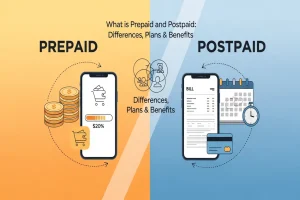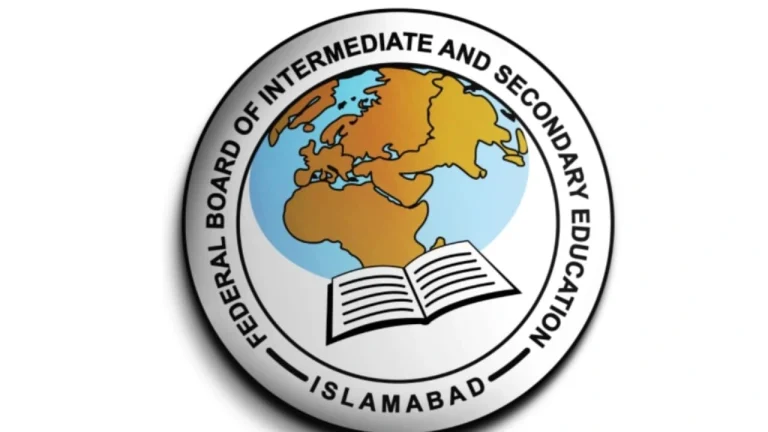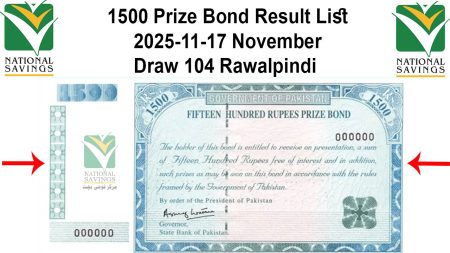FBISE launches a new 10-point GPA-based grading system for SSC and HSSC exams from 2026, aligning with global standards to ensure fairness and accuracy.
The Federal Board of Intermediate and Secondary Education FBISE has suggested a new formula in grading secondary school certificate (SSC) and Higher Secondary School certificate (HSSC) examination. It is a modification in the Inter Board Coordination Committee (IBCC) approved in the 182 nd meeting on August 78, 2025, that seeks to achieve equity, transparency and accuracy in the scoring of students less based on numeric marks, and more based on a descriptive marking system.
The revision further tweaks the percentage-to-grade mapping to be more aligned with international standards and eliminate grade inflation and give more descriptive indicators of performance (e.g., Extraordinary (top grades)). Grades and GPAs will now be reported rather than absolute marks and descriptive feedback placed on result slips. Academic institutions such as universities and colleges will have to rely on GPA/CGPA to base admissions starting in 2025.
Implementation Timeline
SSC-I (Grade 9): Effective since the First Annual Examinations 2026.
HSSC-I (Grade 11): This is effective since the First Annual Examinations 2026.
SC-II (Grade 10): Effective on the First annual Examinations 2027.
HSSC-II (Grade 12): Effective on the First annual Examinations 2027.
The gradual implementation will provide a possibility to make alterations and curriculum, paper designs or marking schemes will remain the same.
Revised Grading Scale
The new formula has a scale between 10 (A+ to U) according to which each grade has a definite percentage range, a describer, and a grade point value (to calculate GPA/CGPA). Students who scored below 40 percent are characterized as Ungraded (U) and they have to retake the exam.
| Percentage Range | Grade | Descriptor | Grade Point |
| 96–100% | A++ | Extraordinary | 10.0 |
| 91–95% | A+ | Exceptional | 9.0–9.9 |
| 86–90% | A | Outstanding | 8.0–8.9 |
| 81–85% | B++ | Excellent | 7.0–7.9 |
| 76–80% | B+ | Very Good | 6.0–6.9 |
| 71–75% | B | Good | 5.0–5.9 |
| 61–70% | C+ | Fairly Good | 4.0–4.9 |
| 51–60% | C | Above Average | 3.0–3.9 |
| 40–50% | D | Emerging | 2.0–2.9 |
| Below 40% | U | Ungraded | 0.0 |
Key Changes and Rationale
- Narrower Top Bands: The A++ grade (previously part of a broader high-achiever category) now requires 96%+, encouraging excellence without the “race for marks.”
- Passing Threshold: Raised to 40% to ensure minimum competency, with a grace marks policy for borderline cases.
- Alignment with IBCC Policy: This refines the 2024 IBCC introduction of GPA-based grading across federal, Sindh, Balochistan, AJK, and Gilgit-Baltistan boards. Foreign boards in Pakistan are exempt.
- No Impact on Prior Results: Students improving or reappearing in earlier exams (e.g., 2022–2025) use the old system.
- Broader Benefits: Experts note it reduces pressure from minor mark differences, aligns with global standards for better international recognition, and includes descriptive feedback for holistic assessment.
For official details, refer to FBISE Notification No. RES&ACAD/2543-5775-00075/330 (October 7, 2025) or the IBCC website. If you’re a student or parent, check fbise.edu.pk for result formats and preparation guidelines.







